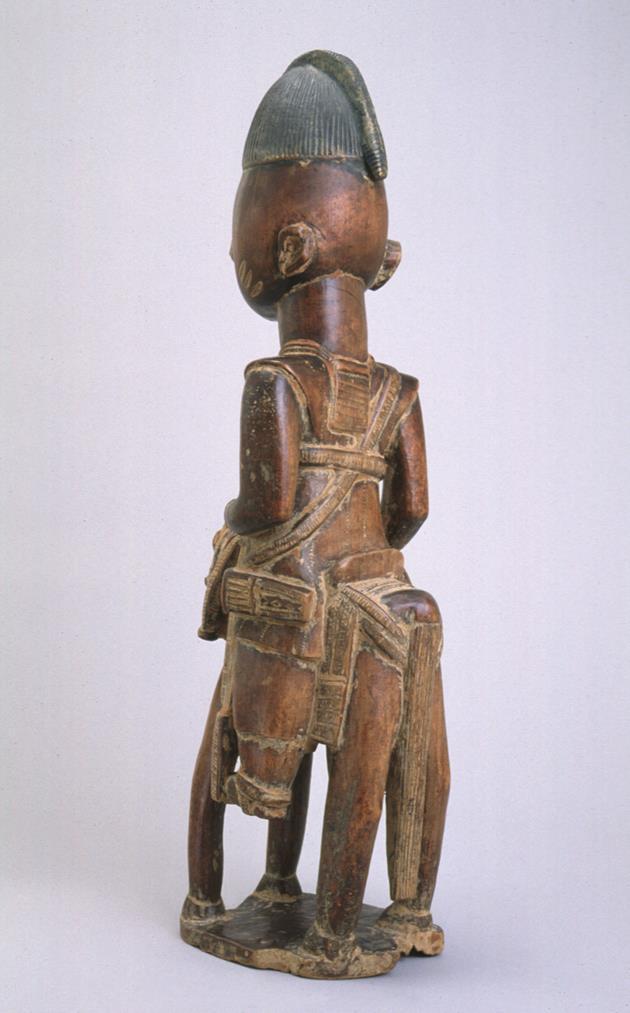Resources
Exhibition HistoryCleveland, Ohio, Cleveland Museum of Art, African Tribal Images: The Katherine White Reswick Collection, July 10 - Sept. 1, 1968 (Philadelphia, Pennsylvania, University of Pennsylvania Museum, Oct. 10 - Dec. 1, 1968). Text by William Fagg. Cat. no. 122 (as Horseman).
Los Angeles, California, Frederick S. Wight Art Gallery, University of California, African Art in Motion: Icon and Act, Jan. 20 - Mar. 17, 1974 (Washington, D.C., National Gallery of Art, May 5 - Sept. 22, 1974). Text by Robert Farris Thompson. No cat. no., pp. 74-75, reproduced pl. 102 (as horse and rider).
Seattle, Washington, Seattle Art Museum, Praise Poems: The Katherine White Collection, July 29 - Sept. 29, 1984 (Washington, D.C., National Museum of African Art, Smithsonian Institution, Oct. 31, 1984 - Feb. 25, 1985; Raleigh, North Carolina Museum of Art, Apr. 6 - May 19, 1985; Fort Worth, Texas, Kimbell Art Museum, Sept. 7 - Nov. 25, 1985; Kansas City, Missouri, Nelson-Atkins Museum of Art, Mar. 8 - Apr. 20, 1986). Text by Pamela McClusky. Cat. no. 9, pp. 26-27, reproduced (with 82.124; as Equestrian and female figures).
Seattle, Washington, Seattle Art Museum, Art from Africa: Long Steps Never Broke a Back, Feb. 7 - May 19, 2002 (Philadelphia, Pennsylvania, Philadelphia Museum of Art, Oct. 2, 2004 - Jan. 2, 2005; Hartford, Connecticut, Wadsworth Atheneum, Feb. 12 - June 19, 2005; Cincinnati, Ohio, Cincinnati Art Museum, Oct. 8, 2005 - Jan. 1, 2006; Nashville, Tennessee, Frist Center for the Visual Arts, Jan. 27 - Apr. 30, 2006 [as African Art, African Voices: Long Steps Never Broke a Back]). Text by Pamela McClusky. No cat. no., p. 40, reproduced. pl. 15 (as Horse and rider).
Published ReferencesLawal, Babatunde, Visions of Yoruba, Cleveland Museum of Art, 2012, published by 5 Continents, ill. 19






